Az elmúlt hetekben Budapestet és Magyarország több területét súlyos áradások sújtották a hirtelen lezúduló csapadék miatt. A főváros különösen érintett, ahol több kerületben is komoly problémákat okoz és okozott a villámárvíz. Az áradás miatt harmadfokú árvízvédelmi készültséget rendeltek el, az alsó rakpartot lezárták, a közlekedést több helyen át kell szervezni, érintett a HÉV, a 2-es metró és több villamosvonal is. De miért történik mindez?
Egy kis meteorológia
Már a szeptember 13-a környéki előrejelzésekből is tudhattuk, hogy egy olyan mediterrán ciklon érkezik Közép-Kelet Európába, mely problémákat okozhat. Ezekre a ciklonokra jellemző, hogy az Atlanti óceán felől érkeznek, nedves légtömegeket hozva. Az Alpok csúcsain “megakadnak”, az örvényléssel a Földközi-tenger feletti meleg levegőt beszippantják és a szárazföld felett adják le a magukkal hozott csapadékot.
Ezek a ciklonok tavasztól őszig jellemzőek, azonban a klímaváltozás hatására mostanában inkább az őszi időszakban érkeznek és lassabban haladnak a szárazföld felé, emiatt a bennük lévő csapadékmennyiség kisebb területen jelenik meg, ezzel lokális villámárvizeket okoz. Boris, a napokban Közép-Kelet Európába érkezett ciklon hatása is emiatt vált kritikussá a Duna és a Lajta vízgyűjtő területén. Számokban kifejezve: szeptember 7-14-e között a Rajkánál 50 cm körül mért vízállás 3,5 nap alatt 574 cm-re, vagyis nagyon rövid idő alatt több mint 5 métert emelkedett. (Fülke – a HVG közéleti podcastja)
Létezik tökéletes védelem, de nem biztos, hogy megéri
Azt, hogy nőni fog a mostanihoz hasonlóan extrém időjárási jelenségek száma, már évtizedek óta mondják a szakemberek, amikor klímaadaptív vízgazdálkodásról beszélnek. A klímaadaptív vízgazdálkodás alapja a helyi, településszintű sérülékenységvizsgálat, amely azt nézi, hogy az adott település mennyire kitett ezen jelenségeknek és mennyire tud ezekhez alkalmazkodni.
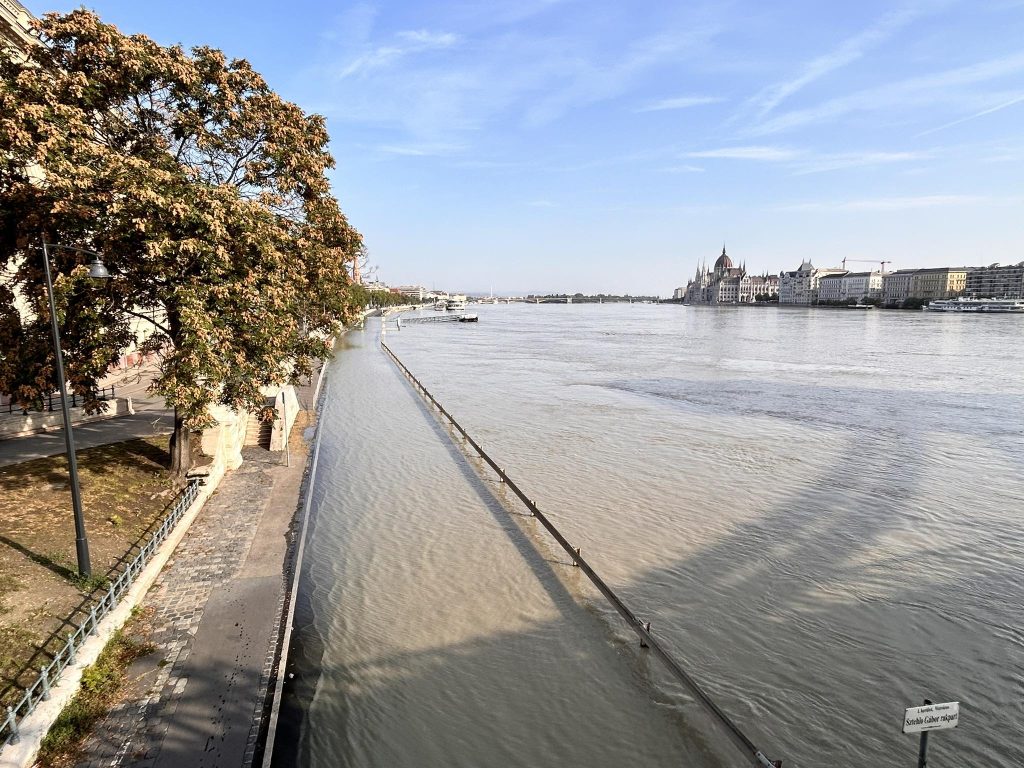
Tehát a települési szintű vízgazdálkodás nem csupán az aszály, a villámárvizek és az áradások kockázatát nézi, azt, hogy hány milliméter eshet és mekkora lesz a vízszintemelkedés, hanem a kezelési lehetőségeket is számba veszi: a rendelkezésre álló eszközöket és azok lehetséges kivitelezését, így például árkok, szikkasztók méretezését, esőkertek, földalatti ciszternák elhelyezését.
Nem az a cél, hogy olyan hatalmas árkok, gátak és tározók épüljenek, amelyek minden áradás ellen megvédenek, az adaptációba éppen ezért beletartozik annak elfogadása is, hogy időnként bizony elöntheti az utcákat a víz. Létezhet tehát tökéletes védelem áradás ellen, csak nem biztos, hogy megéri a befektetést. Ezért tehát minden település feladata, hogy a lakossággal közösen felkészüljön a legextrémebb időjárási eseményekre is, beleértve egy működőképes jelzőrendszert és protokollt. (Klímaválasz – A sérülékenységről)
A fentiekből is látszik, hogy a települési csapadékvíz kezelés komplex megközelítésére van szükség. Mit jelent ez?
Miért probléma a városi hirtelen lezúduló eső és hogyan tudjuk kezelni ezt a jelenséget?
A nagy mennyiségű csapadék hirtelen zúdul le, és a városi területek, ahol sok a burkolt felület, nem képesek gyorsan elnyelni a vizet. Ez villámárvizekhez, elöntött utakhoz és épületekhez vezet. De hogyan tudjuk mindezt kezelni?
A 12. kerület vezetésével, a Fővárosi Önkormányzat, a 7. és a 18. kerület részvételével jelenleg is zajló Városi Eső projektben megvalósuló demonstrációs helyszínek és egyéb tevékenységek célja éppen ez: szemléltetni a rendelkezésre álló eszközök tárházát. Ezzel a szemléletmóddal valósult meg:
áteresztő burkolat, kavicsgyepes parkoló: Pestszentlőrinc-Pestszentimrén (18. kerület) egy 4+2-es áteresztő kavicsgyepes parkoló A kavicsgyepes parkoló elektromos autókat szolgál ki, mert a vízáteresztés miatt el kell kerülni az esetleges, hagyományos autókból származó olajszennyezések talajba szivárgását.
“szivacsutca”: Szintén 18.kerületi projekt egy úgynevezett szivacsutca kialakítása. A Kolbányi utcában – ahol korábban rendszeresen gondot okozott az, hogy az utcaszakasz alján nagy esőzések után annyira meggyűlt a víz, hogy a környékbeli lakók műanyag széket kitéve jelezték az autósoknak, hogy behajthatnak-e vagy sem az utcába, anélkül, hogy a motor beázását kellene kockáztatniuk. Itt földalatti szikkasztóblokkokkal, esőkertekkel, keresztirányú folyókákkal és faárokkal biztosítják, hogy a csapadék a zöld felületeken, a talajban tárolódjon, szikkadjon el, illetve lassabban jusson le az mélyebben fekvő utcaszakaszra.
esővízgyűjtés: A kerületekben a lakosságot is aktívan bevonta a projekt, esővízgyűjtőket osztva ki, többet ezek közül mérőműszerekkel láttak el a szakemberek, hogy feltérképezzék a lehulló csapadék mennyiségét és eloszlását.
föld alatti ciszternák: Erzsébetváros (7. kerület) egyik, már megvalósult demonstrációs projektje a Klauzál tér átalakítása és egy földalatti vízgyűjtő tartály kihelyezése, mely a piac épületének tetejéről gyűjti az esővizet, melyet a park öntözésére tudnak felhasználni.
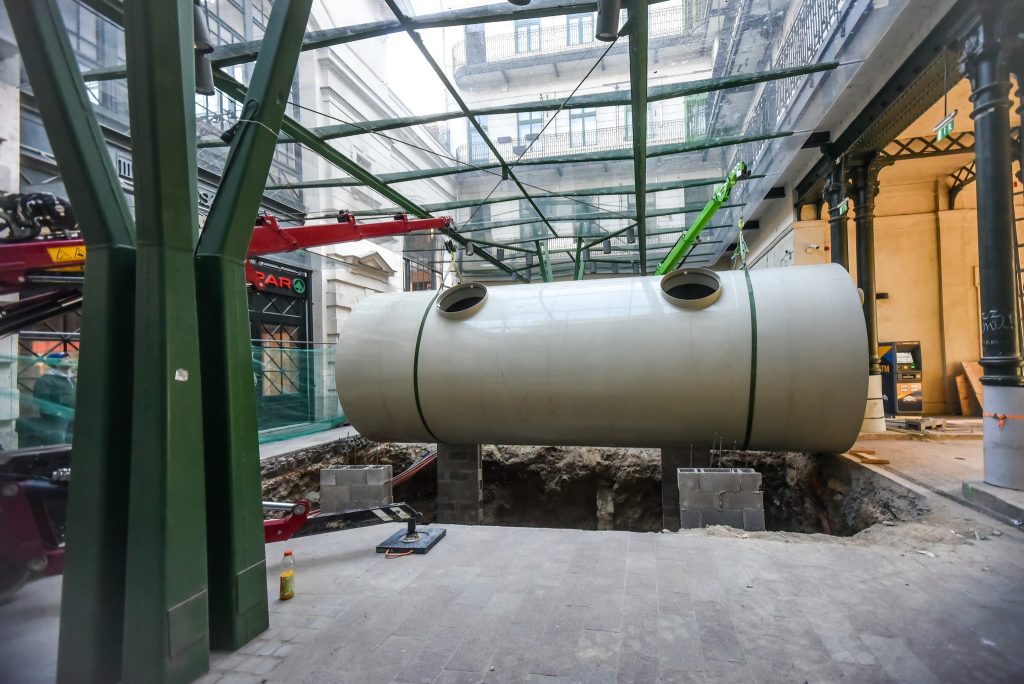
klímamodellezés, lefolyásmodellezés, sérülékenységvizsgálatok: A Trinity Enviro Kft. vezetésével kerületi szintű, komplex modellek készültek el.
szemléletformáló workshopok: Hegyvidék önkormányzata (12.kerület) a HungaroMet Zrt.-vel közösen klímamodellezéseken dolgozott, ezenkívül workshopokat szervezett a budapesti kerületek és megyeszékhelyek számára.
esővízgyűjtők osztása: mindhárom résztvevő kerület lakossági szemléletformáló kampány keretében esővízgyűjtőket osztott, felhívva a figyelmet a csapadékmegtartás fontosságára.
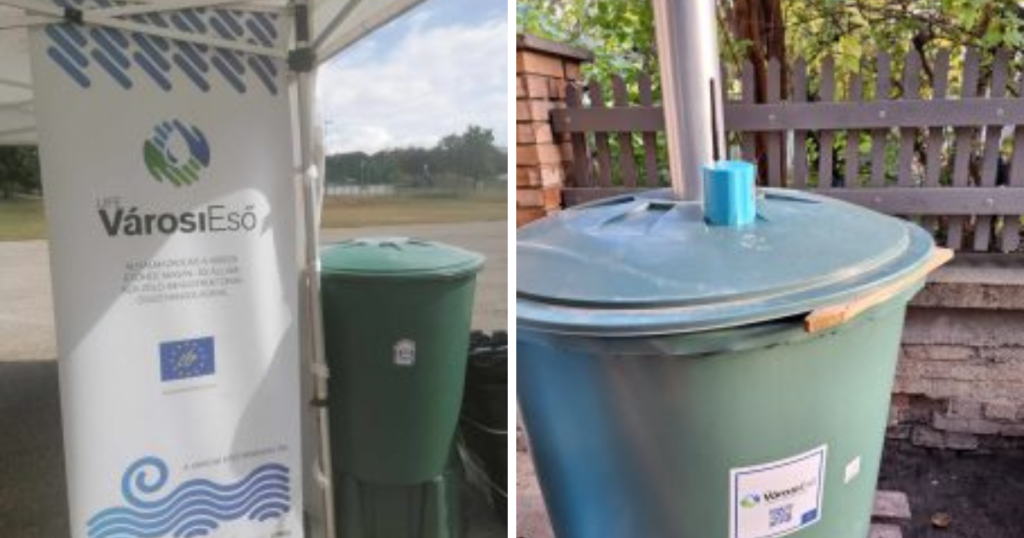
átfogó fővárosi csapadékstratégia: A Fővárosi Önkormányzat a Városi Eső projekt segítségével készíti elő az átfogó fővárosi csapadékstratégiát. Első lépésként az összes kerületnek részletes kérdőívet küldött ki a klímaadaptív csapadékvíz-gazdálkodás témakörében, majd a kerületek visszajelzése alapján elkészült a problématérkép. A kérdőívet követte a mérőeszközök beszerzése, amelyekre a vizsgált területekre vonatkozó lefolyási modell elkészítéséhez, illetve pontosításához volt szükség. A beszerzett mérők elhelyezéséhez elkészült a fővárosi intézmények lapostetős listája is.
A jövőben várható hasonló extrém időjárási helyzetek miatt a városi csapadékvíz-kezelés még fontosabbá válik, éppen ezért fontos, hogy tisztában legyünk a lehetőségekkel.
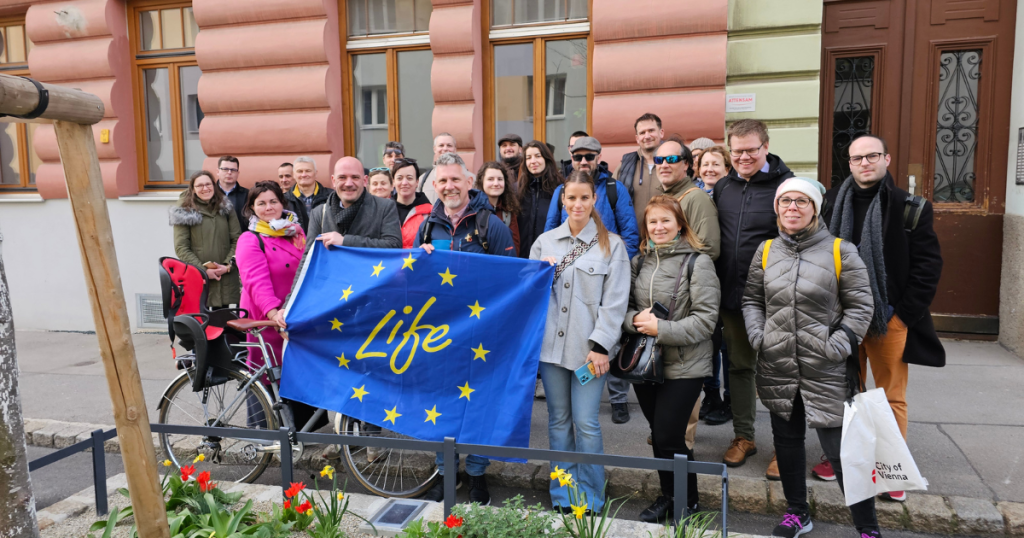
A Városi Eső projektben 3 budapesti önkormányzat és a Főváros is részt vesz.
Borítókép: Facebook


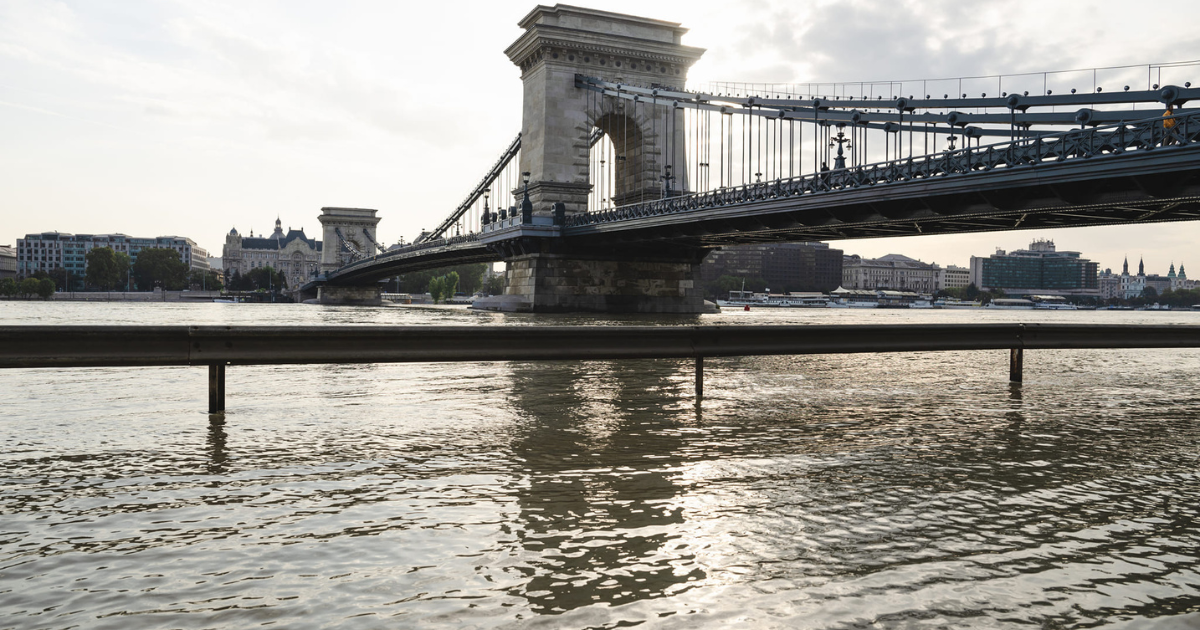
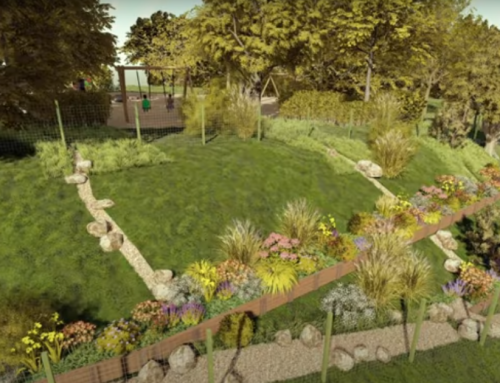

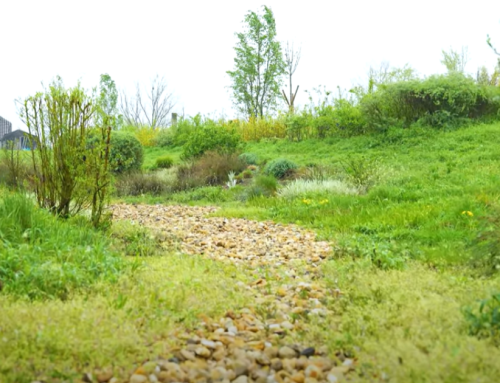

Hagyj üzenetet